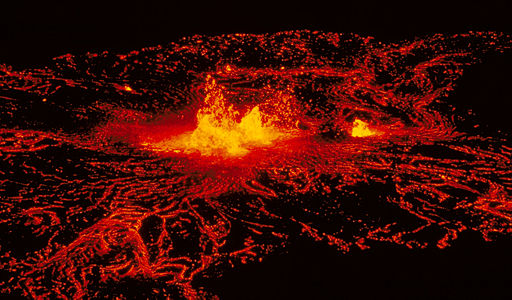
The Rarest Of Elements
The 10 Rarest Elements And What They Are Used For
The Earth, as you can imagine, has a complex geological structure. It has a central core encased within the Earth’s mantle, which in turn is surrounded by the Earth’s crust. Across these layers, elements (those you might find in the periodic table) are randomly distributed within different rocks and materials. These elements exist in varying quantities and combinations, forming specific chemical compounds that have unique compositions. These compounds are known as minerals.
Humans inhabit the outer part of the Earth, the crust, composed of common elements we know well, such as silicon, aluminum, iron, calcium, potassium, and magnesium, in some kind of oxidised form. Other elements from the periodic table are much rarer in the crust and exist within particular minerals in very specific areas.
According to the Natural History Museum, the rarest elements in the Earth’s crust are the platinum group metals (existing up to 3000 km below the surface) and include palladium (Pd), platinum (Pt), rhodium (Rh), osmium (Os), and iridium (Ir). They exist in concentrations of around 0.0002 parts per million by weight! Their most common use is as an autocatalyst, and platinum is also used in jewellery. These metals are so important in the industrial world that they are valued at more than twice the price of gold.
So Rare It Might Not Even Be Natural
Other rare elements of note include Neptunium, which is a precursor in plutonium production and used in (MeV) devices that detect high-energy neutrons. Curium, Americium, and Californium are so rare that scientists aren’t even sure if trace amounts exist naturally. They come into existence as byproducts of nuclear plants and are used for power sources in pacemakers, particle X-ray spectrometers, smoke detectors, nuclear reactors, neutron moisture gauges, and cancer treatment.
Astatine probably tops the charts as the rarest element, with only 1 gram thought to be present on Earth at any given time, and only 0.05 micrograms have even been created. This will most likely be used in nuclear medicine and targeted alpha-particle therapy. Others like Berkelium, Francium, Protactinium, and Organesson exist in similarly minuscule amounts but are not thought to have any practical use.
If you are interested in studying Geography or Science as a subject, Oxford Open Learning offer the chance to do so at a several levels, listed below. You can also find our Contact Us page here.